Only logged in customers who have purchased this product may leave a review.
Alocasia Regal Shield
My scientific name is Alocasia’ Regal Shields,’ but I am also known as Elephant Ear’ Regal Shields.’ My leaves are big, flat, and deep green. I am originally from Africa, but I grew up in Florida, and I am excited to return to my new home. I can reach a height of 5-6 feet and provide a lush, green appeal to your property. Here are some care instructions and pointers that will help me adjust to my new surroundings and flourish alongside you for many years to come
Style: My personality is a mix of wild, tropical, magnificent, and architectural elements. I’ll grow big and powerful, so make sure I’m in a room with lots of space. You may also use me on patios and balconies because I am wind resistant. You may put me in living rooms, corridors, bedrooms, workplaces, conference rooms, or anyplace there is a lot of light. If you position me against a wall, such as a room corner, rotate my container to ensure that all greenery receives equal light.
Light: I’ll be happiest indoors, near a south or north-facing window, where I can enjoy bright, indirect light. Ensure I get enough light every day but that the sun’s beams don’t strike my leaves. I tend to expand in the direction from which I receive light.
Temperature: Indoors in a Singapore house, I’ll be OK with a temperature of approximately 77° F (25° C). Please ensure that I am not in direct touch with any air conditioning or heating vents? I don’t like to be blown with either cold or hot air.
Outdoors: Because I am wind-resistant, As long as I have some shade, you are allowed to put me in my container on balconies, terraces, or backyards. I won’t be as content indirect or full sun.
Water: Depending on where you end up putting me, I may become more or less thirsty and require more or less frequent watering. The humidity in the space, the time of year, and the quantity of AC/Heating, among other things, will all have an impact on my watering requirements. Fortunately, it’s simple to figure out what to do since I’ll show you how I feel; you only need to check in on me now and again. Begin by watering me once each week. Water me with a spray bottle, watering can, or measuring cup, using roughly 16 ounces (473 ml) of water every session.
Pour water carefully around the middle of the plant, allowing it to trickle down to the base. Watering is useless if it flows down the edge of the root ball, leaving the core roots dry. This might happen if you apply too much water at once or if you water too rapidly. Watering at a slower rate is typically more effective. The important thing is to make sure that water gets to my root zone. Pour water into small holes pierced into the gravel and soil with a dull knife or the end of a pencil to ensure that the water runs down well.
On the same day of the month, insert your finger approximately half an inch into the soil and feel the moisture level. If it seems wet, try again in a few days. You must water me as stated above if the soil appears dry. I want damp soil that is not waterlogged. After a few weeks of doing this, you’ll get the hang of it and be able to establish the optimal watering plan for your light, temperature, and moisture conditions.
You should also ensure that one individual only manages my care schedule. We can develop a love bond in this manner while also ensuring that I am not watered more or less frequently than necessary.
Feeding: Diluted standard houseplant fertilizer can be used once a month or during the growing season from spring to early fall. Excess salt buildup in the soil caused by too much plant feeding might result in leaf burn.
More Tips: Because the leaves prefer to face the ray of light, Rotating the plant on a regular basis is a good idea. Make certain that I am not getting burnt by the hot, direct sun. To avoid mineral buildup, use distilled water rather than tap water.
$91.00 $99.19 (Including GST)
Out of stock













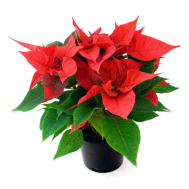
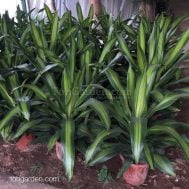
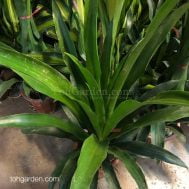
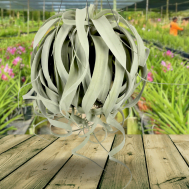
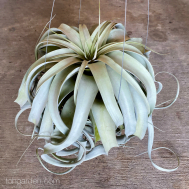
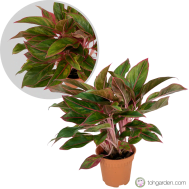
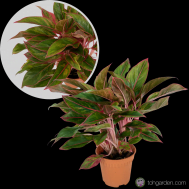
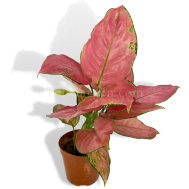
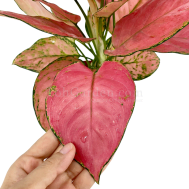
Reviews
There are no reviews yet.